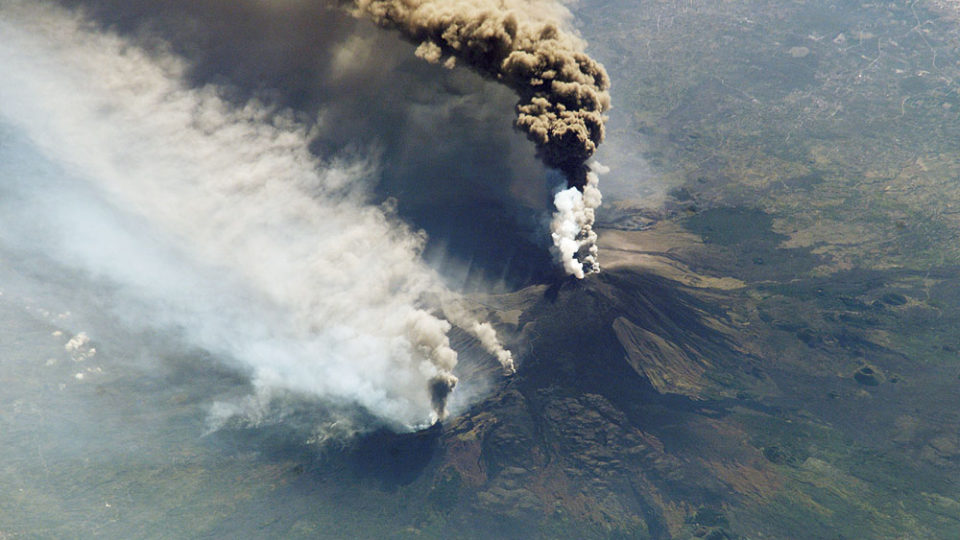Solar geoengineering is a theoretical strategy for curbing the effects of climate change by introducing aerosol particles in the upper atmosphere to reflect some of the Sun’s radiation back into space and thereby cool the planet. It would basically be intentionally tinkering with the climate system on a global scale.
The concept is fraught with the danger of unintended consequences and most experts consider the idea almost unthinkable. But there are those who see it as a last resort if all our other efforts to mitigate the effects of climate change are unsuccessful.
Proponents of the idea like to describe the technique as being like a human-made volcano. Major volcanic eruptions spew ash particles into the atmosphere which can linger for as long as a few years. The result is cooler temperatures, sometimes across much of the globe. The Krakatoa eruption of 1883 lowered average Northern Hemisphere temperatures by more than 2 degrees and created chaotic weather patterns until about 1888.
Researchers at the Carnegie Institution and two Chinese research institutions used sophisticated modeling techniques to compare the effects on the climate of a volcanic eruption with long-term geoengineering deployment.
They found that the volcanic eruption created a greater temperature difference between the land and sea than the geoengineering and resulted in very different precipitation scenarios. In both cases, there would be less available water for people on land.
Overall, the study demonstrated that volcanic eruptions are imperfect analogs for geoengineering and that scientists should be very cautious about extrapolating too much from them. It is important to evaluate geoengineering from an informed position, but the truth is that it represents a great and perilous unknown.
**********
Web Links
Geoengineering Versus A Volcano
Photo, posted November 1, 2002, courtesy of the NASA Goddard Space Flight Center via Flickr.
Earth Wise is a production of WAMC Northeast Public Radio.
